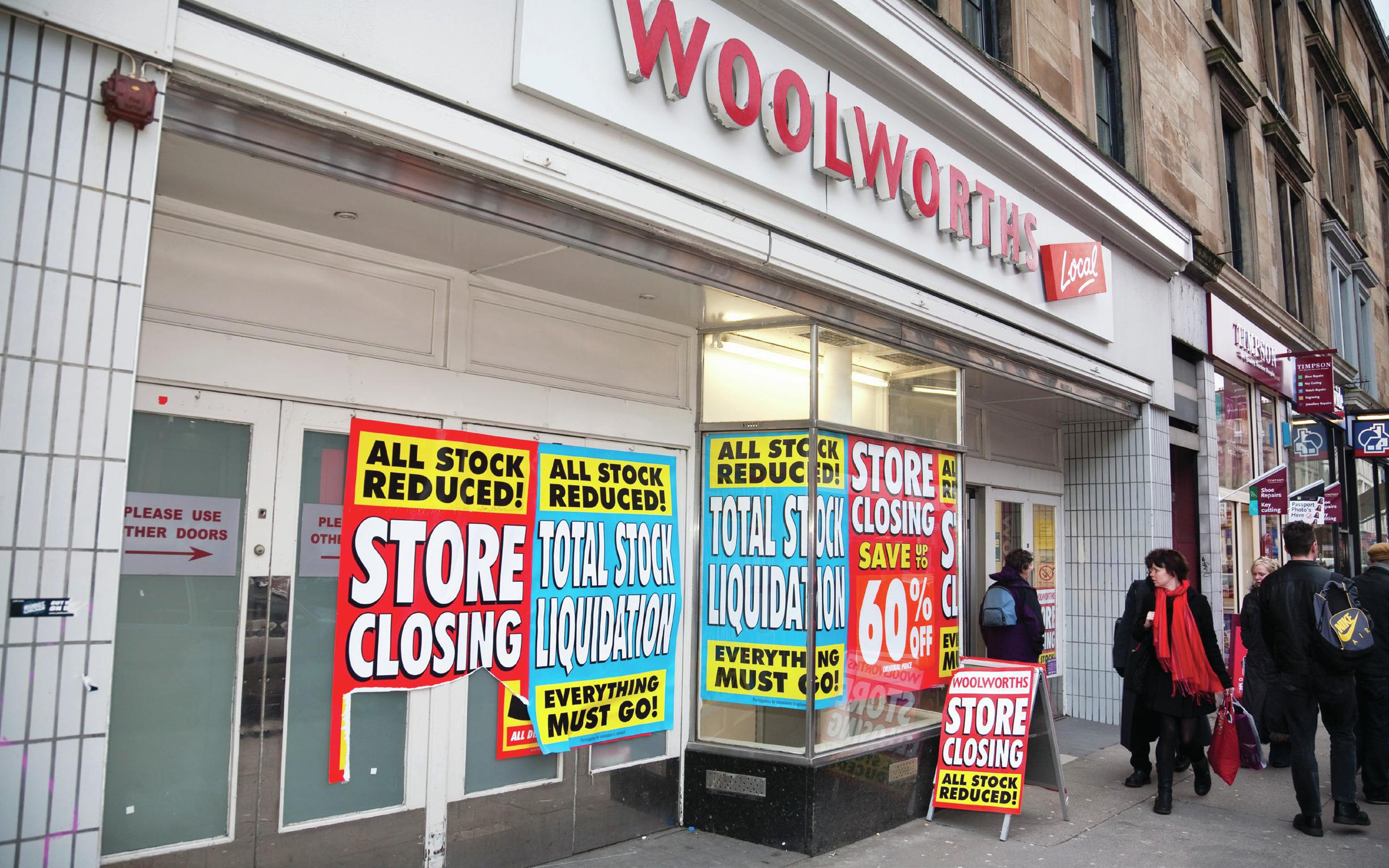
Retail sales in the UK in December 2010 were the worst since December 1998. Much blame was given to the prolonged snowy weather but there are other factors to consider when discussing the decline of the British high street. This was highlighted by the predicament of the music chain HMV: 40 of its branches are due for closure. The company has estimated debts of £170 million and its annual profits are falling, so it is under pressure to raise cash.
A little history helps to understand the situation. Town centres used to have many independent shops, such as butchers, grocers, bookshops and hardware stores, but these declined with the arrival of chain stores such as Woolworths, HMV and Argos. More recently these chain stores began to come under pressure themselves. Woolworths collapsed, with the closure of 807 stores between December 2008 and January 2009, resulting in 27,000 job losses. At the same time the Stylo group (owners of shoe chains Barratts and Priceless) closed 220 shops, 214 Celebrations card shops disappeared, the entertainment chain Zavvi folded with the loss of 125 shops and JJB Sports closed 55 of its stores.
Your organisation does not have access to this article.
Sign up today to give your students the edge they need to achieve their best grades with subject expertise
Subscribe




